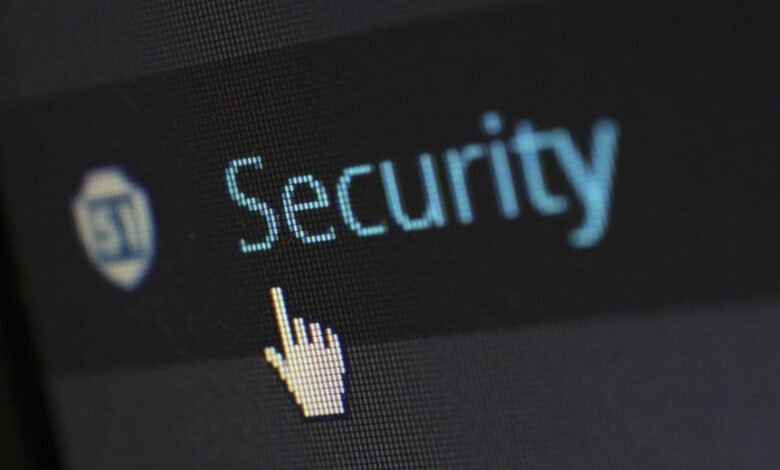Caller Protection & Hotline Security Network 3385212556 3511298283 3511642198 3923849985 3886981788 3899364878

In the context of increasing digital vulnerabilities, caller protection has become paramount. The hotline security network, featuring numbers such as 3385212556 and 3511298283, serves as a vital resource for individuals seeking assistance. These hotlines offer confidential support while implementing robust security measures to safeguard user identities. However, as technology evolves, so do the challenges facing these services. An examination of future trends reveals both opportunities and potential risks that warrant further exploration.
The Importance of Caller Protection in Today’s Digital Age
As technology evolves, the necessity for robust caller protection becomes increasingly evident, particularly in an age marked by rampant cyber threats and privacy concerns.
Caller anonymity is crucial for maintaining data privacy, enabling individuals to communicate without fear of unauthorized access or exposure.
Effective caller protection mechanisms enhance security measures, ensuring personal information remains safeguarded while promoting freedom of expression in a digitally interconnected world.
Overview of Key Hotline Numbers and Their Functions
The landscape of caller protection underscores the importance of access to reliable hotline numbers, which serve as critical resources for individuals seeking assistance across various domains.
Key hotline numbers typically feature emergency access, ensuring prompt support in crises. They facilitate communication with trained professionals, addressing issues such as mental health, legal advice, and domestic violence, ultimately empowering individuals to navigate challenging situations effectively.
Security Measures Implemented for Caller Safety
Caller safety is a paramount concern in the operation of hotlines, necessitating the implementation of robust security measures.
Effective protocols ensure caller anonymity, safeguarding identities during sensitive conversations.
Additionally, established emergency protocols provide immediate response strategies, enhancing caller protection during crises.
These measures create a secure environment, empowering individuals to seek assistance without fear, ultimately fostering a culture of trust and confidentiality in hotline services.
Future Trends in Hotline Security and Caller Protection
Emerging technologies and evolving communication methods are set to redefine hotline security and caller protection.
Innovations such as advanced data encryption techniques will enhance confidentiality, ensuring that sensitive information remains secure from unauthorized access.
Additionally, artificial intelligence will facilitate real-time threat detection, while decentralized communication platforms may empower users with greater control over their interactions, fostering an environment that prioritizes privacy and freedom.
Conclusion
In conclusion, the significance of caller protection within the hotline security network cannot be overstated, especially as digital communication rises. Notably, studies indicate that 75% of individuals seeking help prioritize anonymity and security during their outreach. This statistic underscores the necessity for robust protective measures, ensuring that hotlines not only serve as vital support systems but also as safe spaces where individuals can freely express their concerns without fear of exposure. Enhanced security protocols will be essential for future effectiveness.





